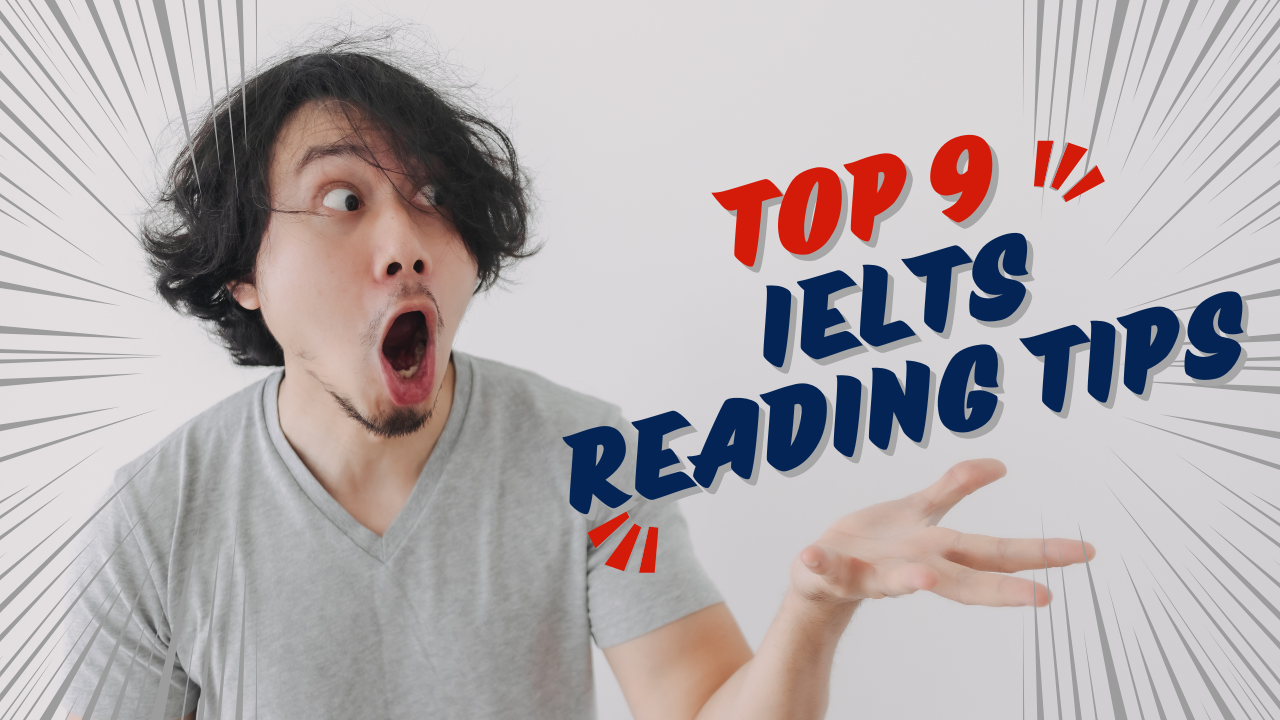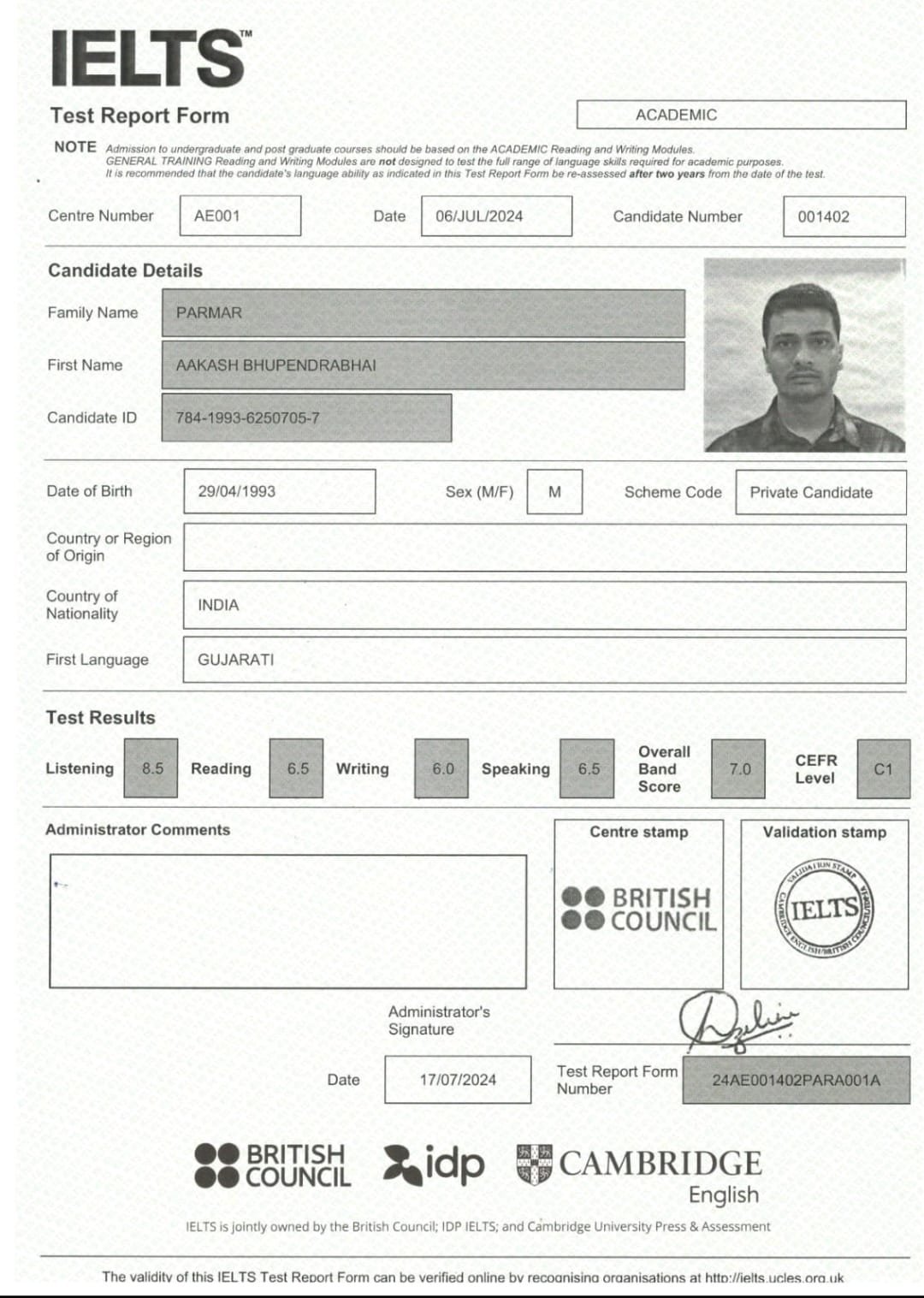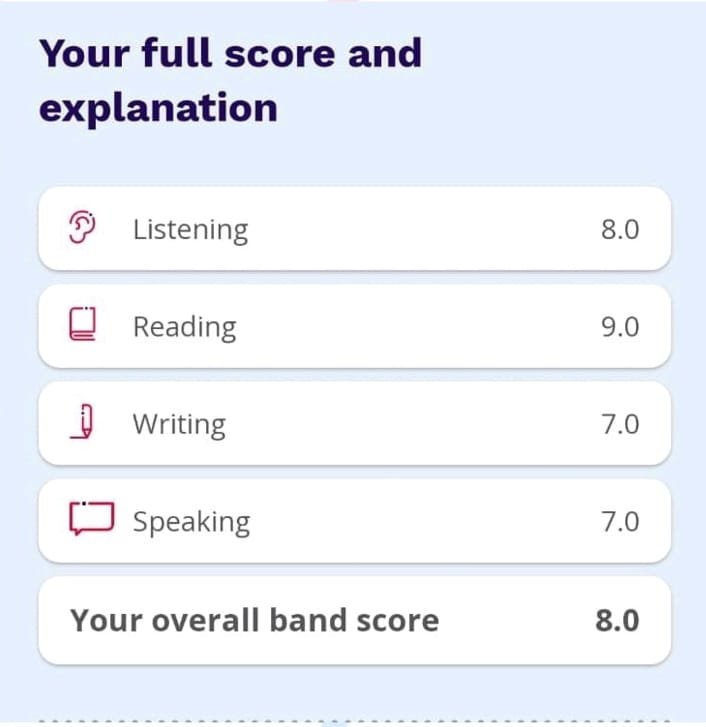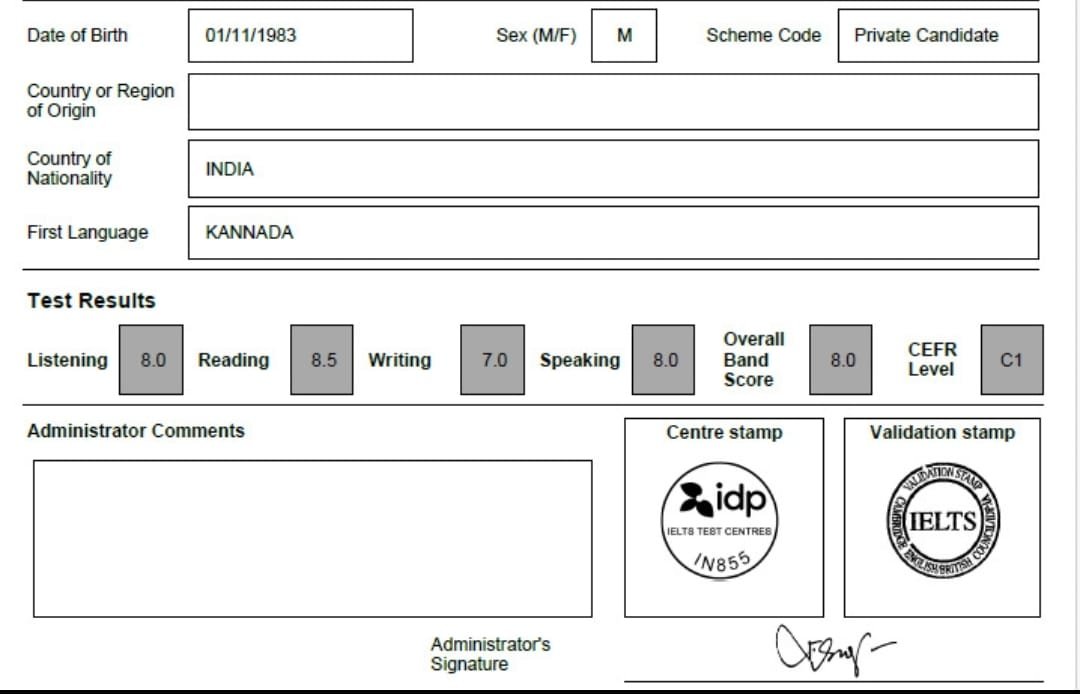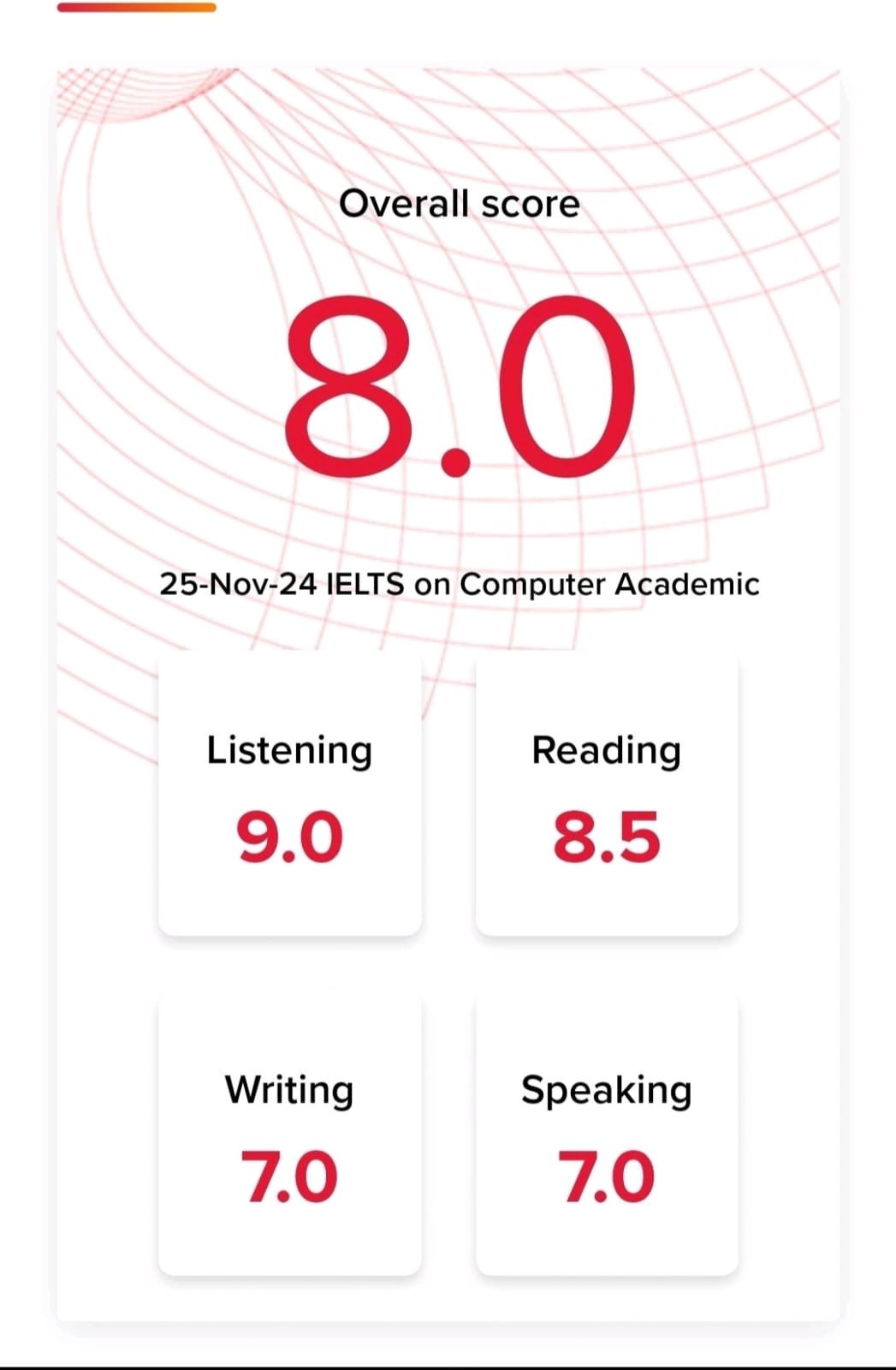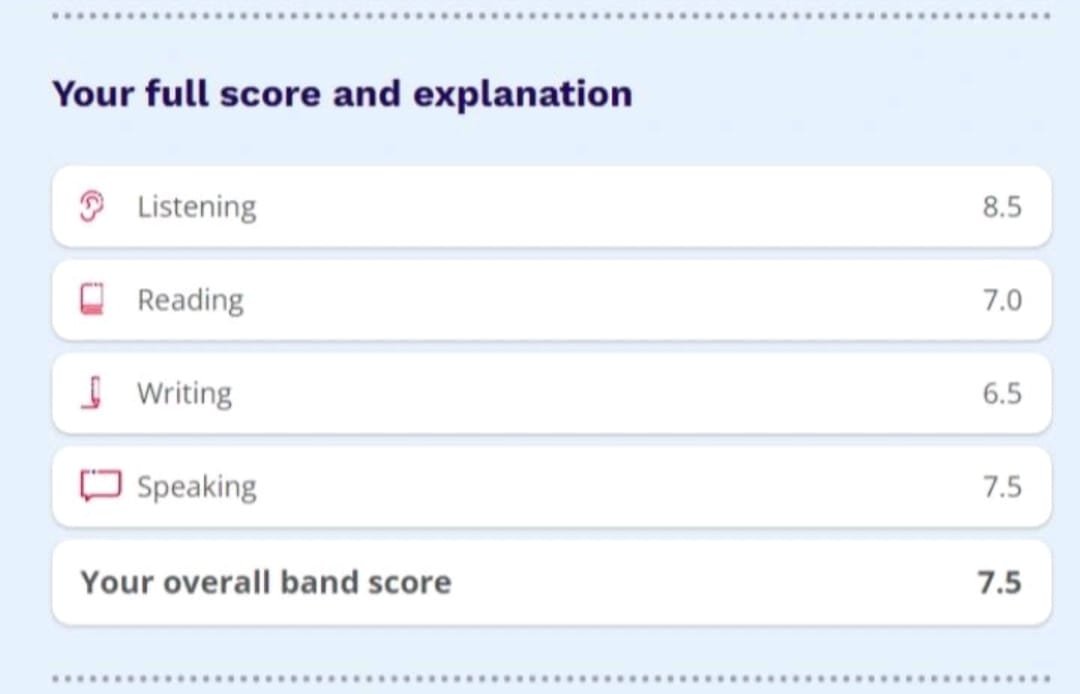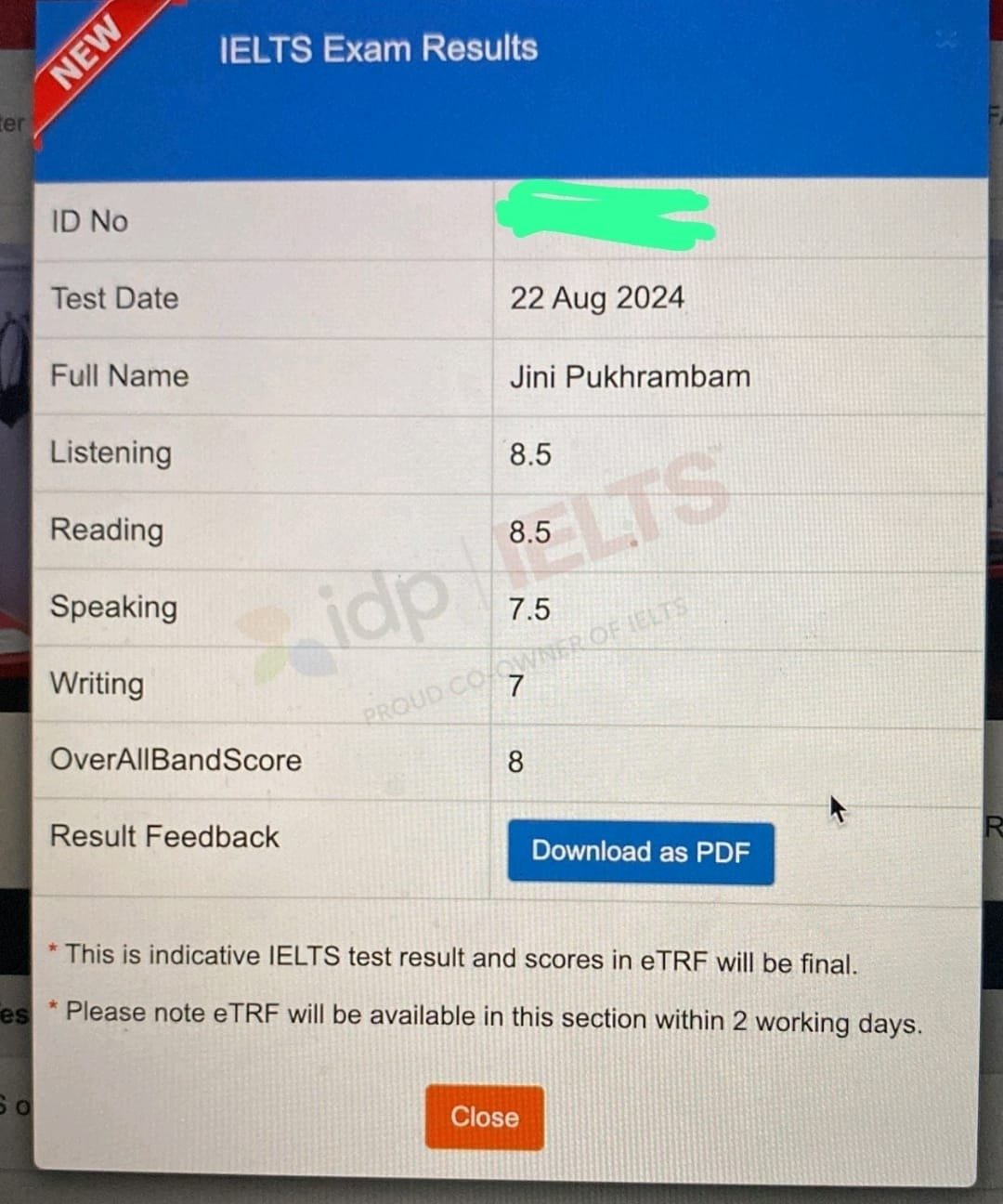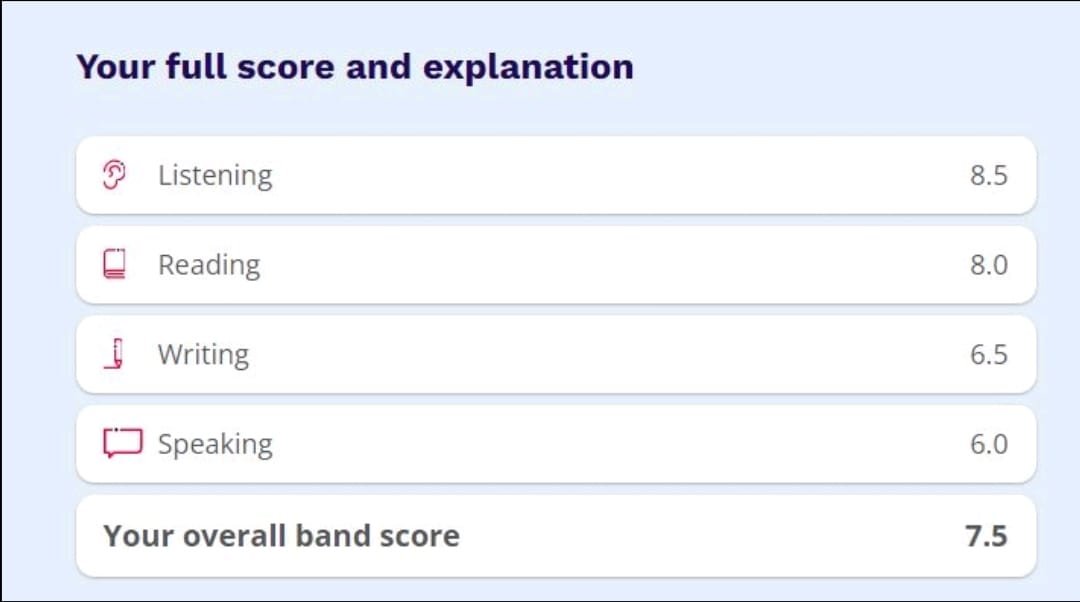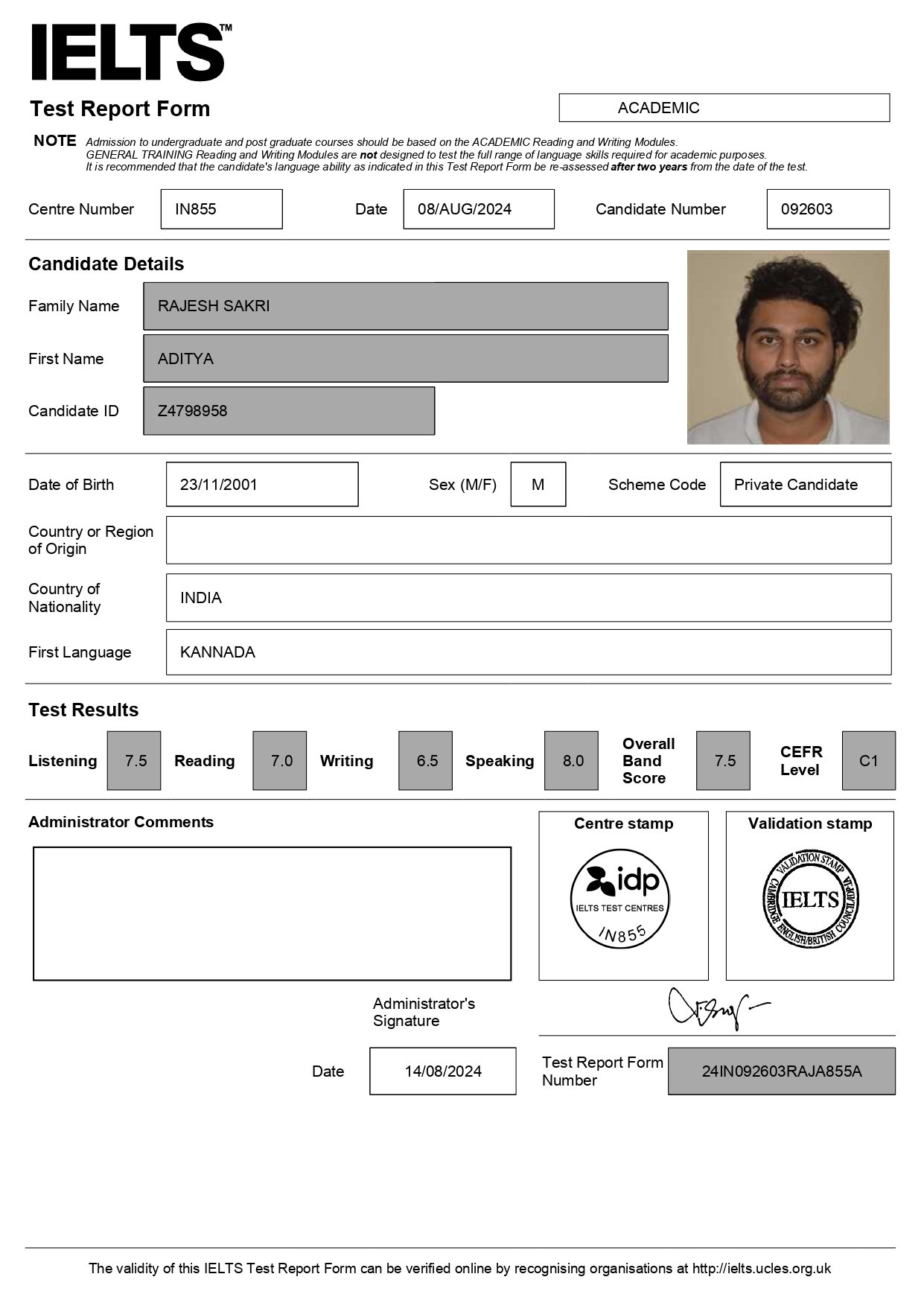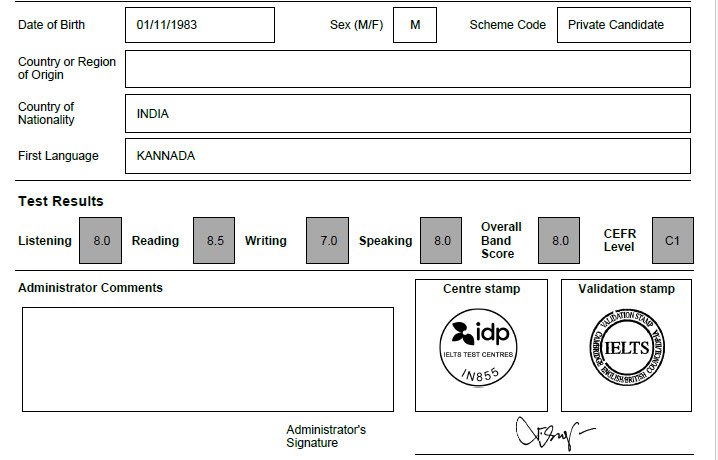
Hi, I’m Karan Kumar, an IELTS coach with over 14 years of experience helping students crack their desired band score. Over the years, I’ve seen countless students struggle with the IELTS Reading section—not because they lack English skills, but because they’ve never been taught how to read strategically for this test.
Everyone talks about “skimming,” “scanning,” and “time management.” But what if I told you there are deeper insights—techniques that truly make a difference, yet almost nobody talks about?
In this blog, I’m revealing 9 IELTS Reading tips nobody told you about—at least not in the way I will. These are field-tested strategies I’ve used with students from over 20 countries. They’re practical, powerful, and—most importantly—proven.
Let’s dive in.
1. Stop Reading Like a Student. Start Reading Like a Hunter.
Most students approach the reading passage like they’re preparing for a literature exam. They want to understand everything. That’s a mistake.
The IELTS Reading test is not a test of understanding everything—it’s a test of locating answers.
I teach my students to shift their mindset: Don’t read to understand; read to hunt. Imagine you’re a predator, scanning the terrain for movement. You’re looking for keywords, clues, patterns—not a poetic appreciation of the text.
Coach’s Tip: Practice with a highlighter in hand. Mark dates, names, places, numbers, and keywords while skimming. These are often anchors for the questions.
2. The Questions Come First—Not the Passage
This might sound controversial, but here’s the truth: I never tell my students to read the passage first.
Why? Because you’re not reading for fun—you’re reading to answer questions under pressure. Always start with the questions to understand what kind of information you’re looking for.
Coach’s Tip: Spend the first 1–2 minutes scanning all the questions. Circle key question words (e.g., where, why, effect, reason, advantage) and underline names, dates, or technical terms. Then go into the passage knowing what to hunt for.
3. Learn to Recognize Paraphrasing Traps
This is one of the biggest reasons students get tricked on the IELTS Reading test.
IELTS loves to reword information in the passage so it looks different in the questions. If you’re expecting to see the exact same words, you’ll be lost.
Example:
If the passage says “the ecosystem was irreversibly damaged,” the question might say “the environment was permanently harmed.” Same idea. Different words.
Coach’s Tip: Build a paraphrasing journal. Every time you read a practice passage, write down how the same ideas were rephrased between the questions and the passage.
4. Don’t Fall in Love With the First Match
Many students are in a hurry. They see a word in the passage that matches a word in the question—and immediately choose it as the answer.
Big mistake.
IELTS designers know you’ll fall for the first matching word. That’s why they put distractors near the real answer.
Coach’s Tip: Always double-check whether the idea—not just the words—matches the question. Read the full sentence and one before/after it. Often, the full context reveals whether it’s a trap.
5. Master the Art of “Question Type Thinking”
There are several question types in IELTS Reading—True/False/Not Given, Matching Headings, Multiple Choice, Summary Completion, etc. Each one requires a different mindset.
For example:
-
True/False/Not Given needs logical precision. You must find direct evidence.
-
Matching Headings requires you to understand the main idea of paragraphs.
-
Summary Completion tests your ability to follow a flow of logic or timeline.
Coach’s Tip: Make a flashcard for each question type. On one side, write the type (e.g., T/F/NG); on the other, write a mini checklist:
“Is this stated in the text?”
“Is it directly supported or just implied?”
Train yourself to think like the test demands.
6. Ignore Unknown Words—Strategically
You will encounter tough vocabulary. Don’t panic. The worst thing you can do is get stuck trying to figure out one difficult word.
Here’s the truth: IELTS rarely asks about words directly. What matters is the surrounding meaning.
Coach’s Tip: When you hit an unknown word:
-
Look at the sentence it’s in.
-
Look at the sentence before and after.
-
Ask: “What’s the general idea?”
If you get the idea, move on. Don’t waste 30 seconds on one word.
7. Use Paragraph Positioning to Your Advantage
Most passages have a logical flow—an introduction, supporting ideas, and a conclusion. Questions are often distributed across the passage based on this structure.
For instance:
-
Matching Headings often focus on the first sentence of each paragraph.
-
Factual detail questions are often found in the middle sections.
-
Writer’s opinion or conclusion questions tend to appear at the end.
Coach’s Tip: During practice, pause after each paragraph and guess what question it could answer. You’ll start seeing patterns.
8. Time Your Reading with Surgical Precision
You get 60 minutes to solve 3 passages and 40 questions. But not all passages are equal.
I teach my students this timing rule:
-
Passage 1: ~15 minutes
-
Passage 2: ~20 minutes
-
Passage 3: ~25 minutes
Why increase time? Because Passage 3 is always the hardest. It often includes complex arguments, unfamiliar topics, or abstract ideas.
Coach’s Tip: Use a stopwatch when practicing. At the 15-minute mark, force yourself to stop Passage 1—even if you’re not finished. Practice under pressure is the key to test-day confidence.
9. Train for Endurance, Not Just Accuracy
Most students practice reading in short bursts—one passage at a time. But the real test is a 60-minute mental marathon.
You need stamina.
I’ve seen brilliant students perform poorly because they were mentally drained by Passage 3.
Coach’s Tip: Once a week, do a full-length timed IELTS Reading test. No breaks. Simulate test-day conditions. Track not only your score but also your energy levels. Were you still sharp by Passage 3?
Final Thoughts: The Mindset That Separates 6.5 from 8.0
If there’s one thing I’ve learned as an IELTS coach, it’s this: the students who cross the 8-band line in Reading aren’t always the smartest—they’re the most strategic.
They don’t aim to “understand everything.” They aim to find answers efficiently. They know when to move on. They recognize traps. They stay calm under pressure.
And now, you do too.
If you’ve read this far, you’re already way ahead of most test-takers. Don’t just read these tips—practice them, refine them, make them your own.
And remember, the Reading section isn’t your enemy. It’s your opportunity. Master the game, and you’ll master your band score.
Need More Help?
I’ve coached thousands of students through personalized strategies and mock test feedback. If you want to work with me or get access to my exclusive reading question banks, reach out at [your contact/website].
You don’t have to do this alone. Let’s ace this together.

